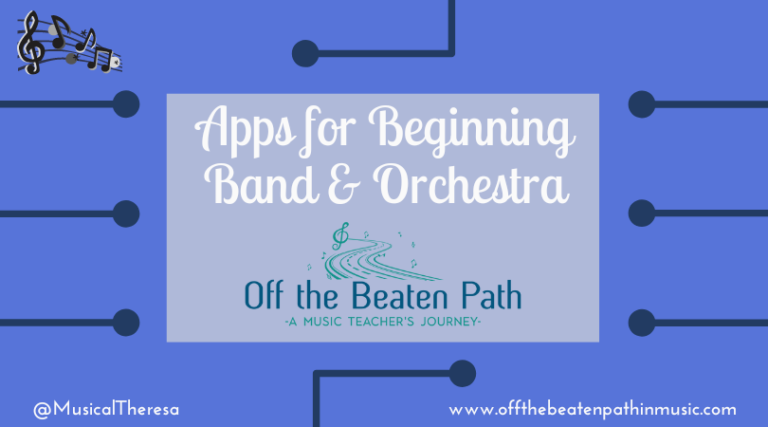Showcasing the Musical Journey through Digital Portfolios
Digital portfolios have revolutionized various industries, and the world of music education is no exception. Traditionally, music classes have focused on performance-based assessments, leaving minimal room for comprehensive evaluation and holistic growth. However, digital portfolios offer a transformative medium for students to showcase their progress, creativity, and musical journeys.

Why Incorporate Digital Portfolios in Music
Amplifying Creativity
Digital portfolios serve as a digital canvas, empowering students to explore and express their musical creativity beyond the confines of traditional music assignments. Through multimedia elements such as audio recordings, videos, and images, students can curate their unique portfolios, showcasing their musicianship and creative personalities.
Encouraging Reflective Learning
Incorporating digital portfolios into music classes fosters a culture of reflective learning. Students can articulate their musical experiences, growth, and challenges through written or spoken reflections accompanying their portfolio entries. This process encourages students to assess their progress, identify areas for improvement, and set personal goals. By reflecting on their musical journey, students develop a deeper understanding of their own strengths, weaknesses, and the transformative power of practice.
Engaging Collaboration and Feedback
Digital portfolios facilitate collaborative opportunities for students to connect with peers, educators, and even professional musicians. Online platforms enable students to share their portfolios and receive feedback from a wider audience. Peer-to-peer collaboration, mentorship, and constructive criticism amplify the learning experience, fostering a sense of community and enabling students to grow as musicians through valuable interactions.
Showcasing Musical Growth
Traditional assessments often fail to capture the full spectrum of a student’s musical development. However, digital portfolios provide a comprehensive overview of a student’s progress over time. By archiving their work chronologically, students can witness their growth as musicians, observe the evolution of their playing or singing techniques, and reflect upon their achievements. This visual representation of progress instills a sense of pride and motivation, inspiring students to reach higher musical peaks.
Tools for Digital Portfolios in Music
There are many tools available that students can use for digital portfolios. When determining what platform to use, first consider the technology available to students, both the device and the tech tools. Then look for a platform that allows students to upload or link different types of media. Finally, determine who should be able to view the portfolio – only the student and teacher, others within the school system, and/or the student’s family. The portfolio may even be shared for scholarship applications or similar purposes. Having these factors in mind should help with choosing what to use. Possible digital portfolio platforms include:
- Flip – Flip is a video response platform where students can record or upload videos and add written or video reflections. Students could even upload an image as part of a video. Create a Flip topic for each student to use as a portfolio.
- Blogs – Platforms like Blogger and EduBlogs make for great portfolios, since students can easily add video and images, as well as reflections.
- Website – A website can also serve as a digital portfolio and tools like Google Sites, Wix, Weebly are great places to start. A website may be a bit more complex to set up, but it offers the greatest ability for customization.
- Wakelet – Wakelet is a digital curation and organization tool. Students can curate audio, videos, images, links, and more in a Wakelet collection, and add text reflections for each.
- Padlet – People often use Padlet as digital sticky notes, but you can also add audio, video, and images. Padlet is easy to set up, and easy for students to use.
- Seesaw – Seesaw offers the ability to upload and save similar artifacts on a platform many schools and students are already using. Here’s more information about Seesaw’s digital portfolio applications.
- Google Slides – While Google Slides are more often used as presentation tools, they can also be a simple digital portfolio. Add images, videos, audio, and links to a slide, along with text reflections. Buy “publishing to the web,” a portfolio in Google Slides can also be shared outside the classroom.
What to Include in a Digital Portfolio
Digital portfolios can include a variety of artifacts, and ideally, they will. Students can curate examples of performances and compositions, as well as text reflections and explanations.Here are some examples of potential artifacts:
- Audio or video recordings of performances
- Images of compositions
- Photos
- Written or spoken reflections and exp
- Feedback from teachers or classmates
It’s especially helpful if students choose the artifacts included in their portfolios. This is a great way for them to take ownership.
Digital portfolios are a great addition to music classes, offering a dynamic and transformative learning experience. By embracing digital portfolios, music educators can nurture creativity, encourage reflection, foster collaboration, and showcase students’ musical growth.

Empowering Ensembles with Technology
This book a one-stop-shop for music teachers looking to get started, or expand their experiences, with technology in the classroom. Help your students see themselves as musicians both inside and outside the music room by empowering them in the ensemble setting.


